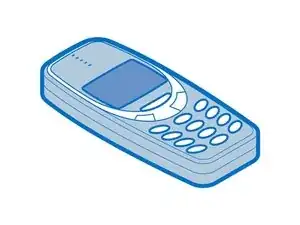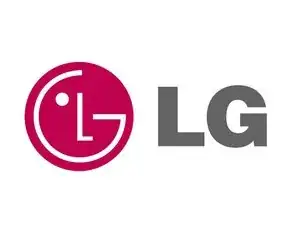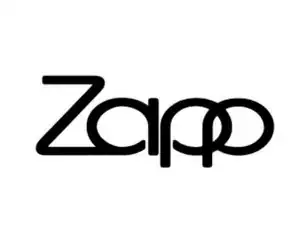Background
While you might hear about smartphones on a daily basis, you probably don’t hear about feature phones nearly as often. Feature phones refer to relics of the pre-smartphone era. However, they are not entirely historical, and many feature phones are still used today.
The term “feature phone” refers to phones that retain physical buttons and controls as opposed to having a touchscreen interface. Feature phones have simple user interfaces, unlike the complicated Android or iOS operating systems we see in smartphones. Even though the phrase “feature phone” today has a somewhat negative connotation, “feature phone” used to refer to high-end phones that included features beyond just texting and calling. Oh, how times change.
Feature phones are a fantastic option for a durable, reliable device that specializes in texting and calling. It is, of course, significantly cheaper than a smartphone. Feature phones also require substantially less power than smartphones, meaning they are perfect for use in power-deserts when phone communication is necessary. Furthermore, feature phones lower the stakes of losing or destroying the device, making them a prime option to give to children as their first phone.
Identification
Feature phones are often smaller and thicker than modern smartphones. They have physical buttons with small displays.
Usually, the manufacturer's name will appear somewhere on the outside of the device, and the exact model number will typically also appear on the back or underneath the battery (if the battery is removable). Should your device still turn on you can also typically find the model number or IMEI in your settings. There is no surefire mechanism to identify every device, though, so some research might be necessary on your part.





























